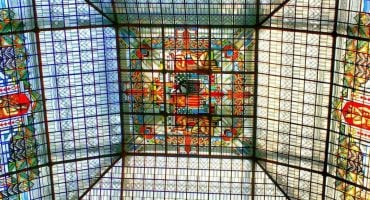Shoes aren’t just a fashion statement, but rather a window into the culture and function of those that wear them snuggly on their two feet. Though sneakers and flip flops can be found worldwide, every culture also has a certain type of footwear that was developed especially for their needs and remains an important part of what makes their dress original and unique.
Come on a short trip with us about shoes around the world to see some of the most typical shoes, slippers, sandals and boots around the world.
Babouche slippers
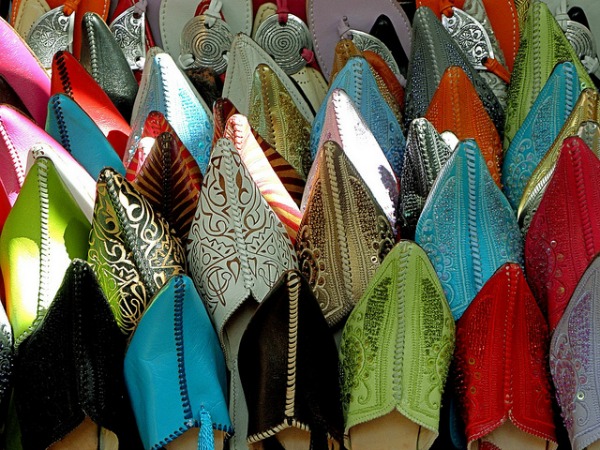
Country of origin: Morocco
Did you know? The babouche slipper became the preferred footwear because of the ease to slip on and off for prayer. More specific shoes around the world? Here we go!
Birch bark shoes

Country of origin: Finland
Did you know? Birch bark shoes were usually worn over leather shoes to protect them from mud and snow. A really practical version of shoes around the world, hm? In countries such as Norway, Sweden and Russia, you can occasionally see locals wearing similar footwear made from linden or lime-tree bark.
Lapti
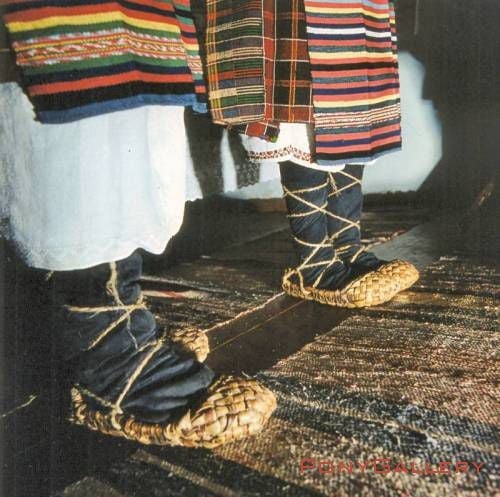
Country of origin: Russia
Did you know? These traditional shoes were made from bast, a type of tree bark. The name lapti comes from the old Russian word for foot “lapa”, today this word means paw.
Cowboy boots
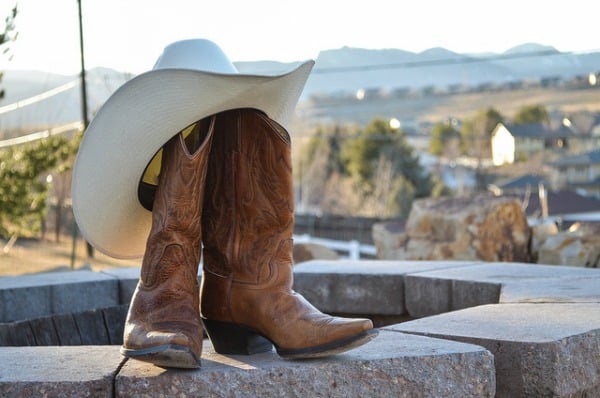
Country of origin: USA
Did you know? The cowboy boot dates back to the 1500s when the Spanish arrived in the Americas, however the American-style boot we know today began to be made hundreds of years later in the states of Texas, Kansas and Oklahoma.
Espadrilles
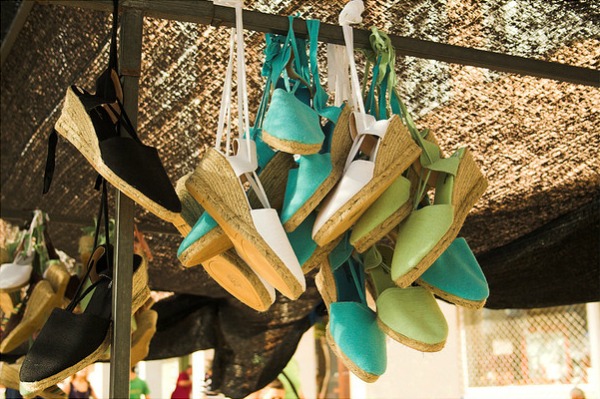
Country of origin: Spain
Did you know? Espadrille comes from the Catalan word for the shoe called “espardenya”. The name espardenya makes reference to the thick grass, “esparto”, used to weave the sole.
Geta
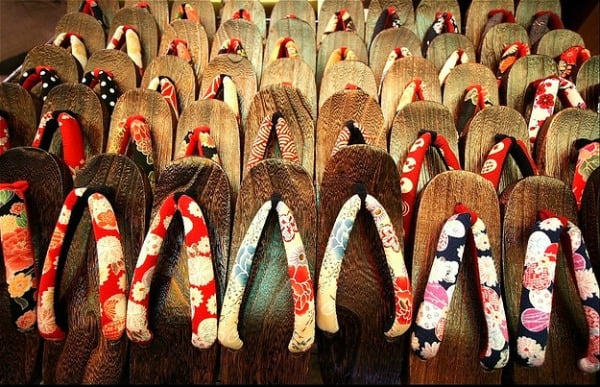
Country of origin: Japan
Did you know? The geta sandals are usually worn with the traditional Japanese Kimono and are shaped depending on if they are for men or women. Rectangular-shaped getas are masculine and oval shaped are feminine.
Jutti and Paduka

Country of origin: India
Did you know? The Jutti slipper (left in photo) originates from Northern India and has a “nokh”, or curved tip, only on the masculine version of the shoe. During festivals the jutti are even made to fit the hooves of cows. Paduka (right in photo) are the oldest form of footwear in India and can be made of wood, ivory, and sometimes silver.
Klompen
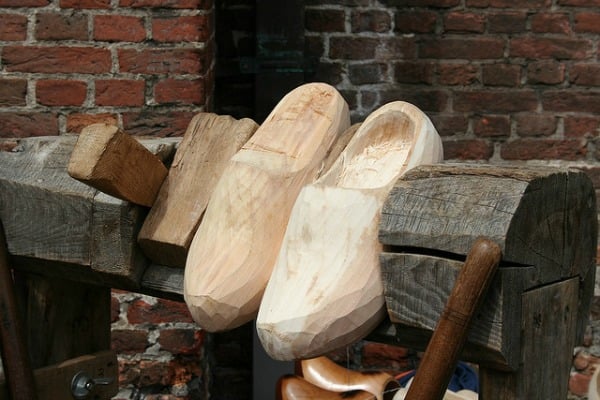
Country of origin: Netherlands
Did you know? Klompen, or clogs, though a popular tourist souvenir, are still worn by farmers and gardeners in the Netherlands.
Sami reindeer boots
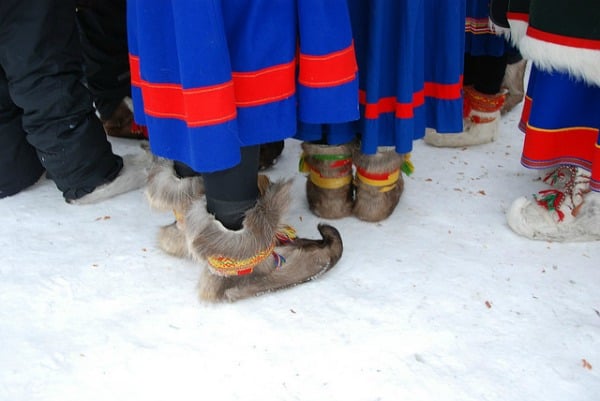
Country of origin: parts of Finland, Norway, Sweden
Did you know? The Sami people are an indigenous Scandinavian group known for their semi-nomadic reindeer herding. The Sami boots are made out of reindeer fur and have an upturned tip to hook easily into skis.

